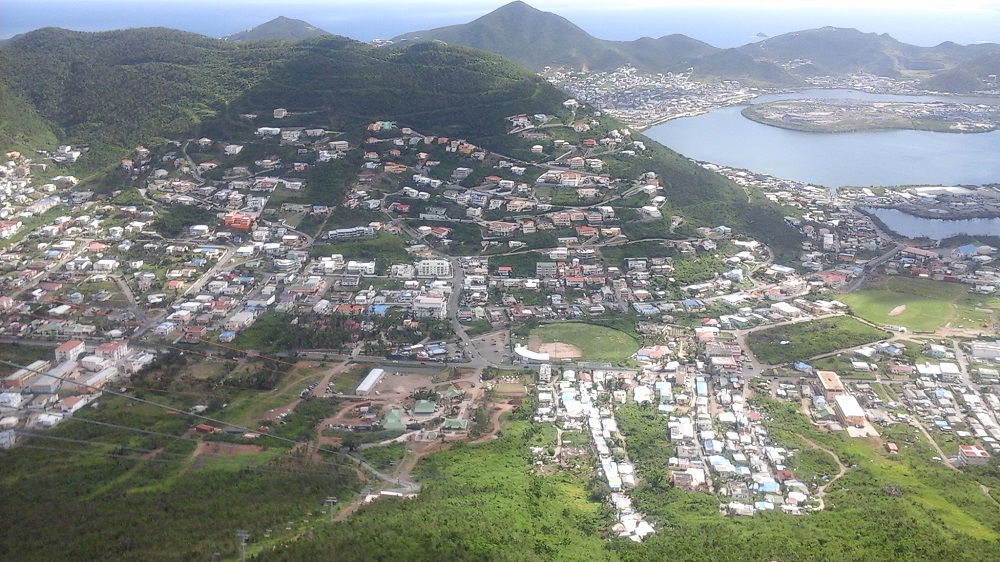Housing demand doubled after Irma

PHILIPSBURG — Applications for housing jumped after hurricane Irma from 1,500 to 9,000 according to the St. Maarten Housing Development Foundation but Louis Brown, secretary-general at the ministry of VROMI, doubts these numbers. During a presentation about housing issues at the Inter-Parliamentary Kingdom Consultation on Wednesday, he said that the number is more likely to be around 3,000.
To tackle housing issues on a non-construction level caused by Hurricane Irma in September 2017, the government needs close to 20 million guilders, Brown said. Most of that money (15 million) would go to an “informal settlement upgrading project” while another 4 million is earmarked in the National Reconstruction and Resilience Plan to put money into a Mortgage Guarantee Fund designed to encourage homeownership. The rest of the budget goes to an analysis of the tax structure for proposed tax relief on recovery expenses for home and business owners, a review of the building code and the exploration of options for informal settlement upgrading to increase disaster resilience.
Among the concrete actions for the housing sector is the development of a sustainable business plan for the housing foundation. “The financial situation of the SMHDF is fragile,” Brown said. “There is little room for maintenance while maintenance costs have risen significantly.”
More than 550 citizens have registered for the roof repair program. So far, 167 roofs have been repaired: 75 through the United Nations Development Program, 65 through the St. Maarten Development Foundation and twenty through non-governmental organizations that donated material for repairs. A World Bank project will tender this month a pilot for the repair of fourteen homes, while a social assessment of more than 640 homes is underway.
In the short term, St. Maarten needs 208 million guilders to tackle the housing problem. Brown said that the government faces several stumbling blocks. “St. Maarten is the most densely populated country in the kingdom so obtaining land for construction purposes is a contentious issue.”
The demand for 3,000 new homes may not sound like a lot, Brown said, but it represents 15 percent of the current housing stock. He also mentioned that there is “hidden homelessness.”
“These people are not on the street; they are young professionals who are forced to continue living in their family’s home.”
Brown said furthermore that the ministry had restarted the process of developing zoning plans. The island has been divided into thirteen areas. For two of these areas the zoning plan is complete, others are still a work in progress.


























